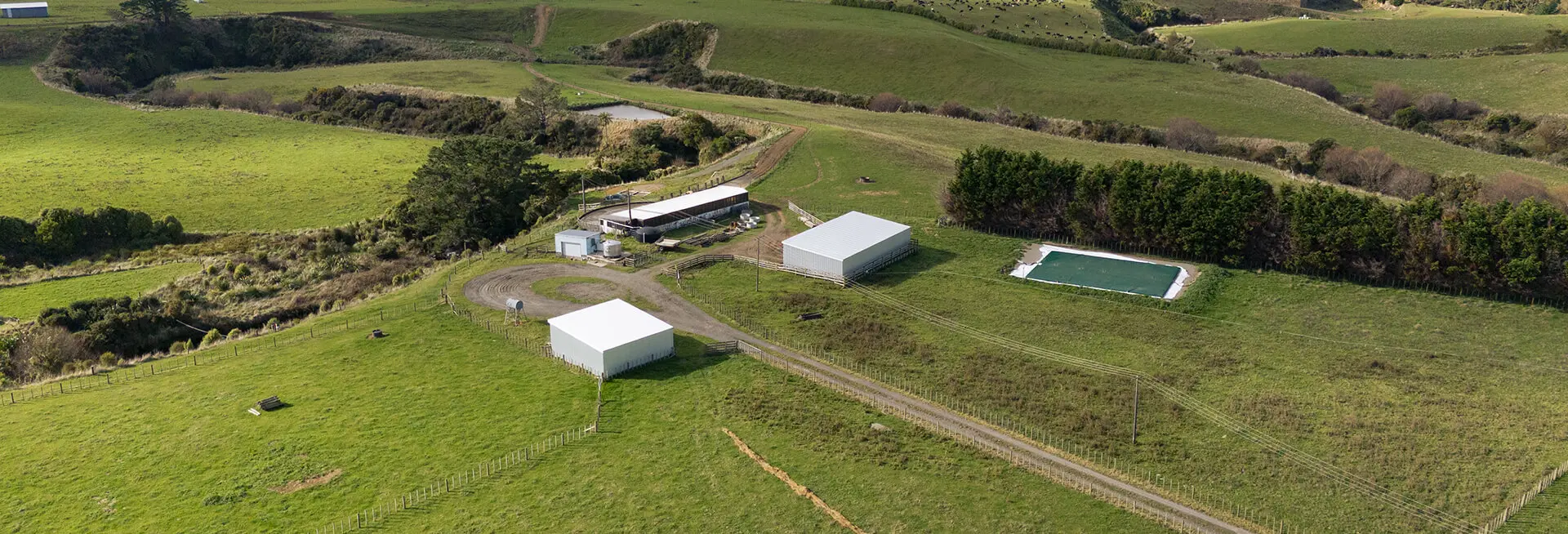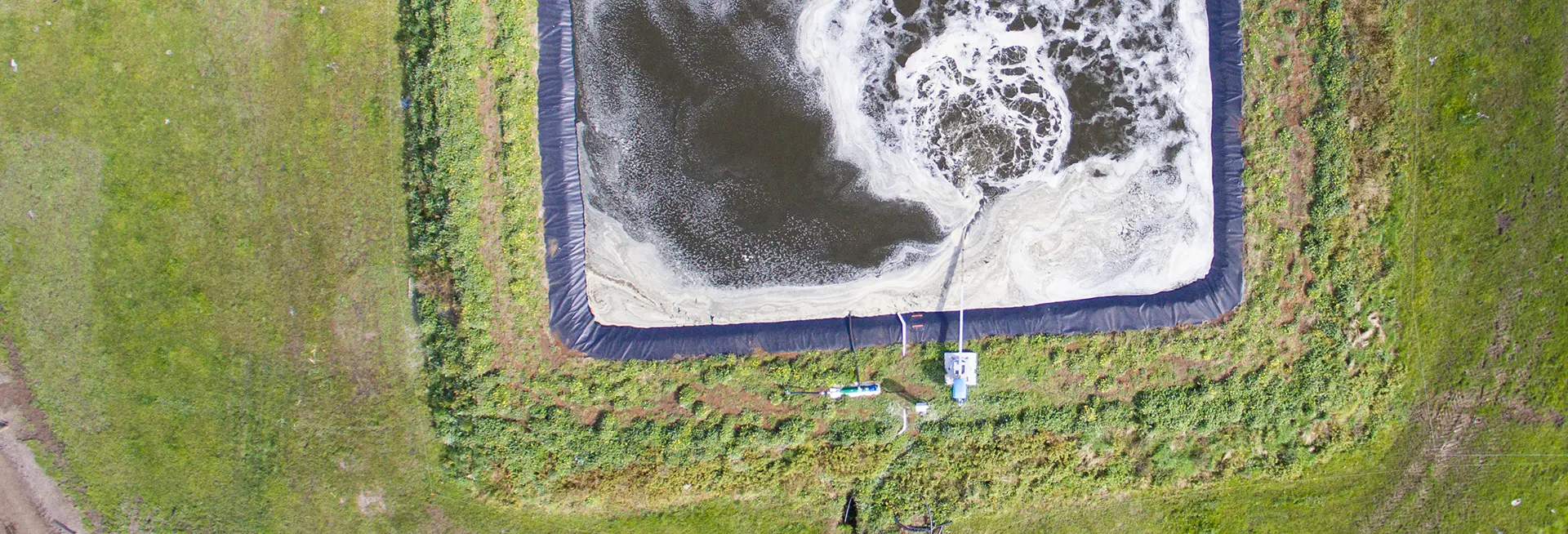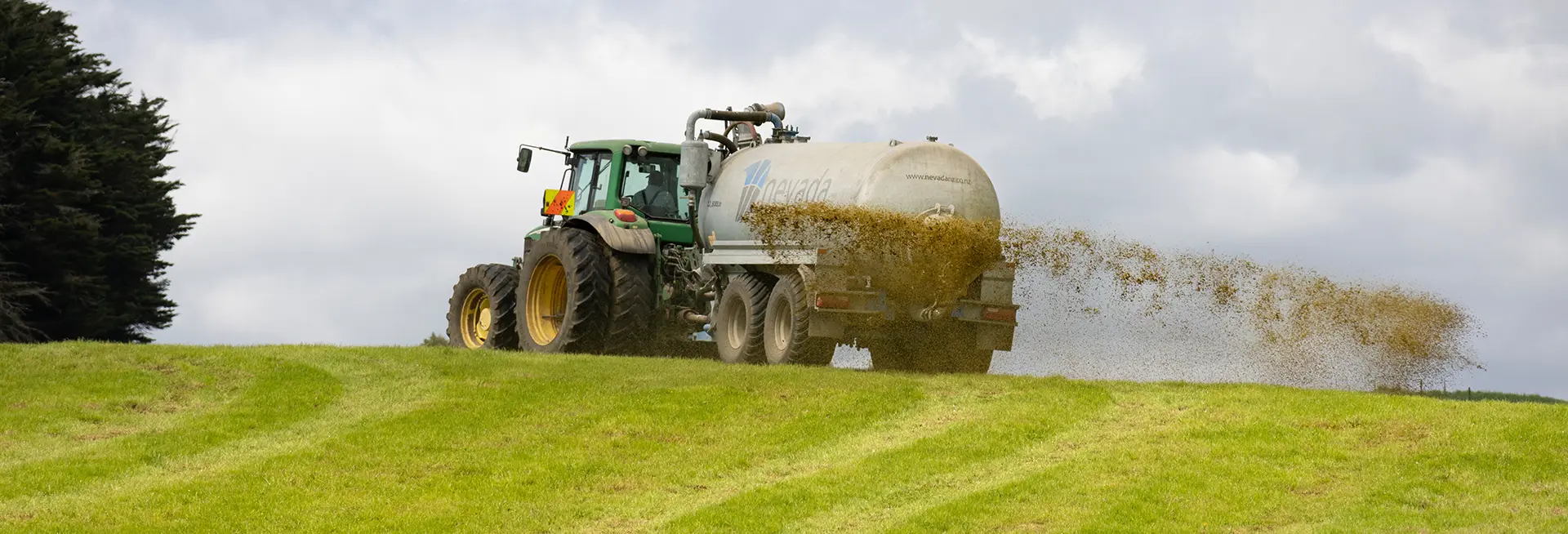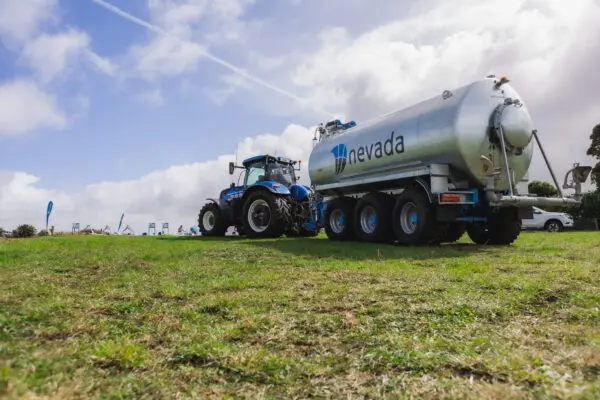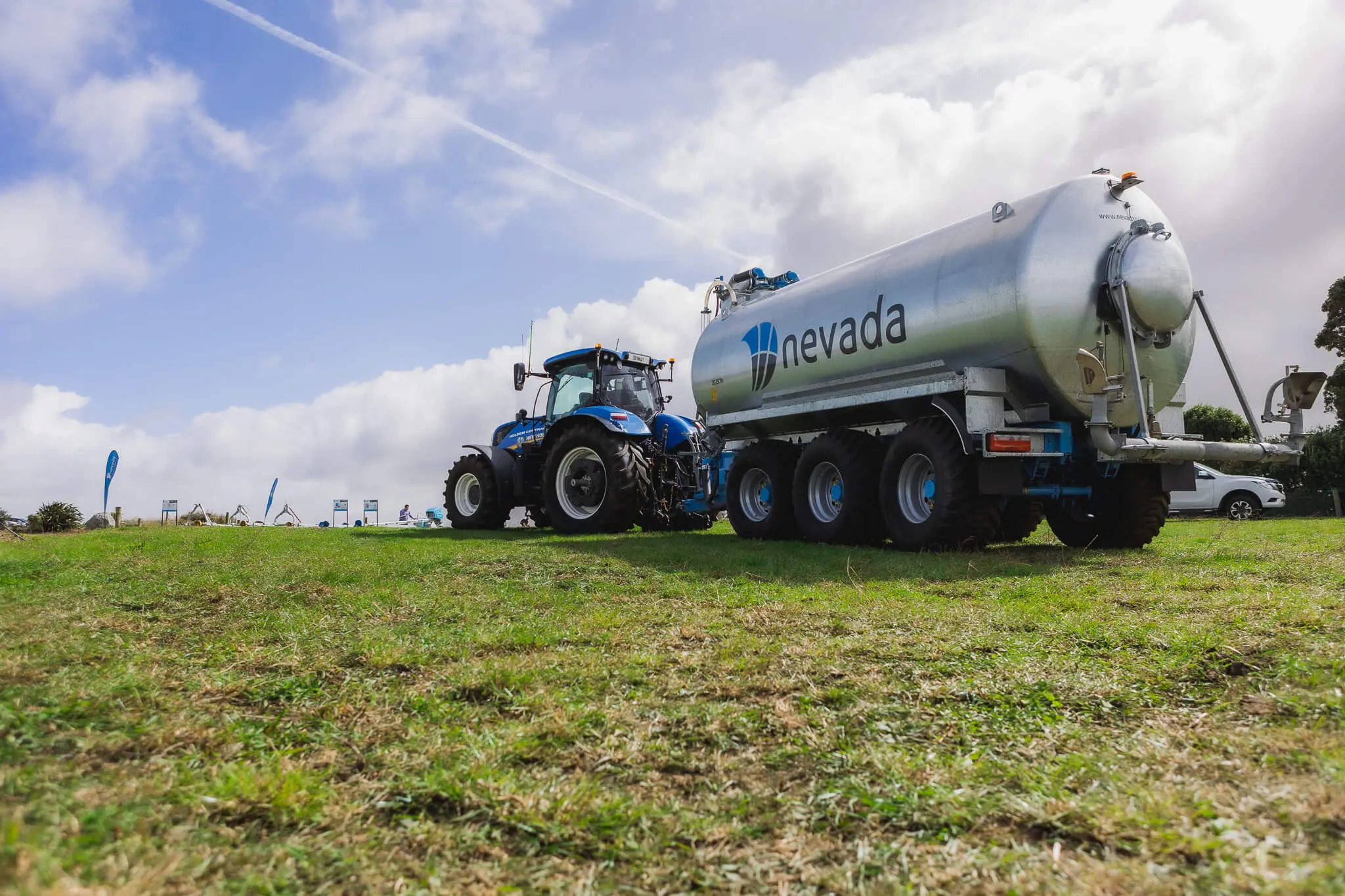Is stormwater bad for effluent ponds?
There’s a lot of information stating stormwater has a negative effect on effluent treatment ponds, decreasing their efficiency. This is true for oxidisation ponds, but not the case for regular effluent ponds used in land application.
Oxidisation or treatment ponds are being phased out over the next few years by councils in favour of land application. If you still run treatment ponds, we’d suggest a proactive move to a land application system before it becomes a requirement. The investment may not be as much as you think and quite often the old treatment pond can be re-purposed to add value to the new system.
Do I need a stormwater diverter for my effluent pond?
Having a stormwater diverter in place for extreme weather events, or for use during the off season is recommended. They can also be useful in early Spring when excess water can be an issue.
What’s the best way to manage effluent and stormwater?
We recommend ensuring you’ve got enough effluent storage capacity to handle stormwater from the general heavy rain and storms experienced over Winter and Spring, and a good pond stirrer to keep everything well mixed. There are a few reasons for this:
- The added water will be of benefit when the dry season hits, and you’ll be glad to have plenty of liquid to fertilise the ground.
- If using a stormwater diverter, you need to be diligent in monitoring where the flow is going to avoid accidental discharge of effluent to waterways.
- To use a stormwater diverter the yard must be clean before diverting to the creek or waterway – regular use will require a commitment to cleaning after each milking.
As stated above, a stormwater diverter is a good tool to have in place for extreme weather events or during the off season when you’re not milking.
Where should a stormwater diverter be installed?
Stormwater diversion needs to be installed BEFORE your stone trap otherwise dirty water will accumulate in the stone trap.
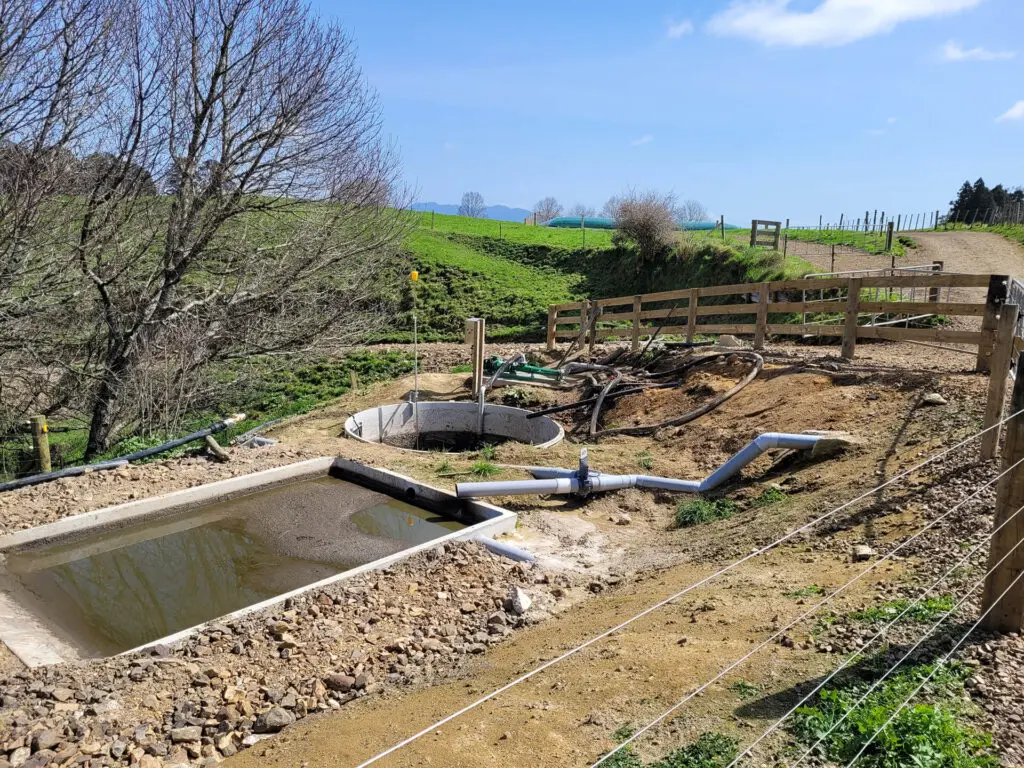
Are automated stormwater diverter systems any good?
There are a range of automated stormwater diversion systems available, and like anything, some are better than others. Given the risks of accidental discharge of effluent, we prefer to err on the side of caution and would generally recommend a manual system where you have full control of the system.
However, for dairy farmers who Winter milk an automated stormwater diverter system could be beneficial as you’ve got a lot more flowing into your pond during the wet season.
If you do decide to install an automated system, be sure to:
- Commit to cleaning the yard after each milking.
- Assign someone to check the system is in good working order daily.
The last thing you want is a fine from accidentally discharging effluent to waterways!
